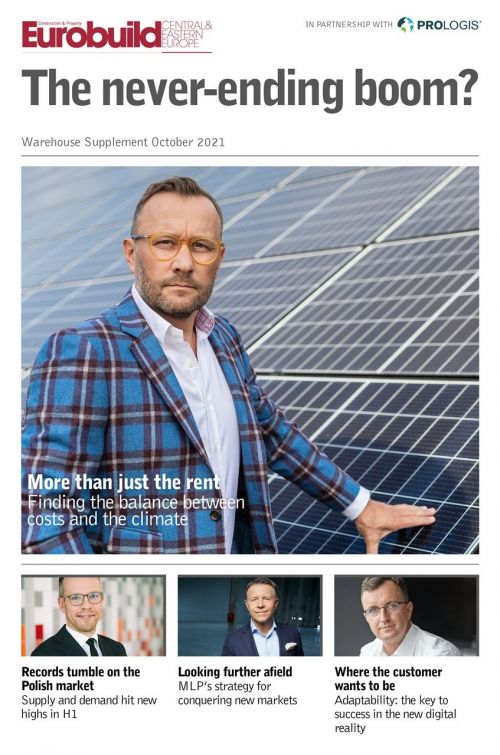Add to that 90 mln sqm of space in its portfolio in the world, with a life-cycle of several dozen years, and the impact that the company has on the environment is undeniable. As such, Prologis looks at this issue more broadly than through the prism of the environment alone. It focuses on responsibility across many dimensions – environmental, social and those related to business ethics – while the effectiveness of its activities has been systematically measured and reported for the last fifteen years in terms of its ESG (environmental, social and governance) goals.
BREEAM is just the beginning
Sustainable development is one of the pillars of the logistics sector’s environmental responsibility. Today, warehouse centres are designed to emit as little carbon dioxide as possible and use natural resources to a minimum, and the market standard for green building is the BREEAM certification system. Prologis facilities the world over have been certified by BREEAM for over th































































